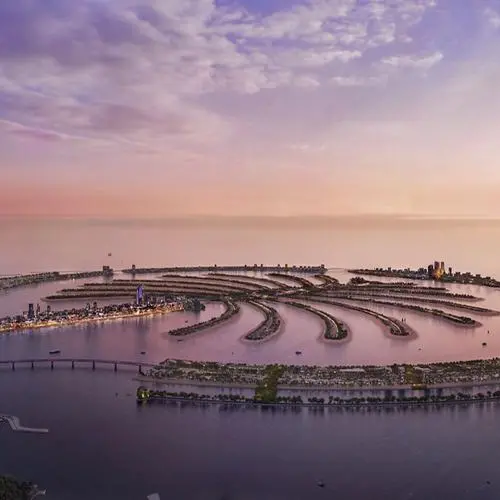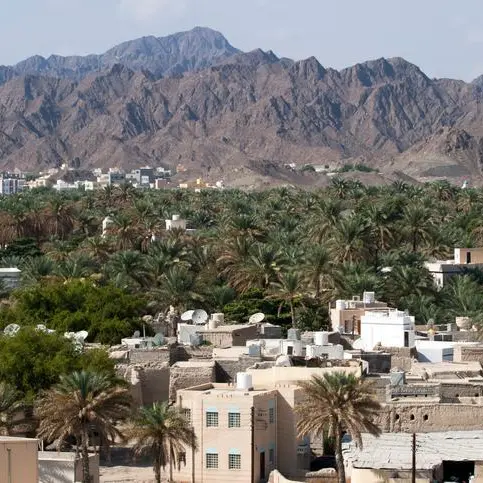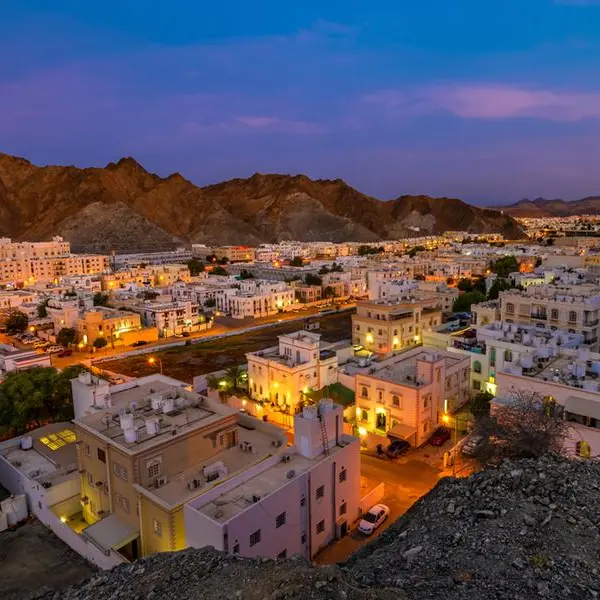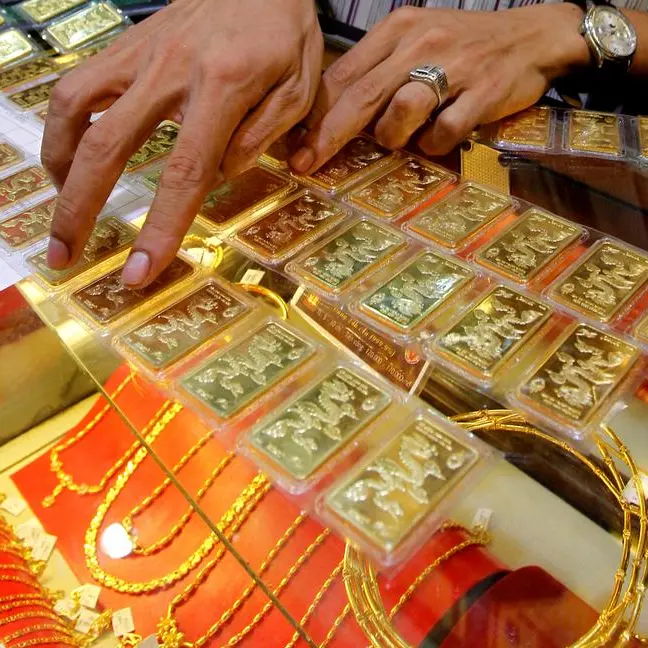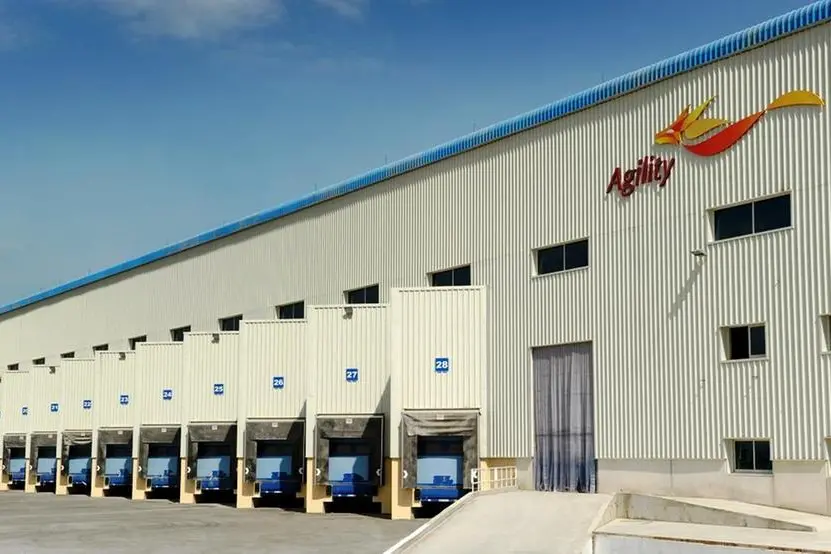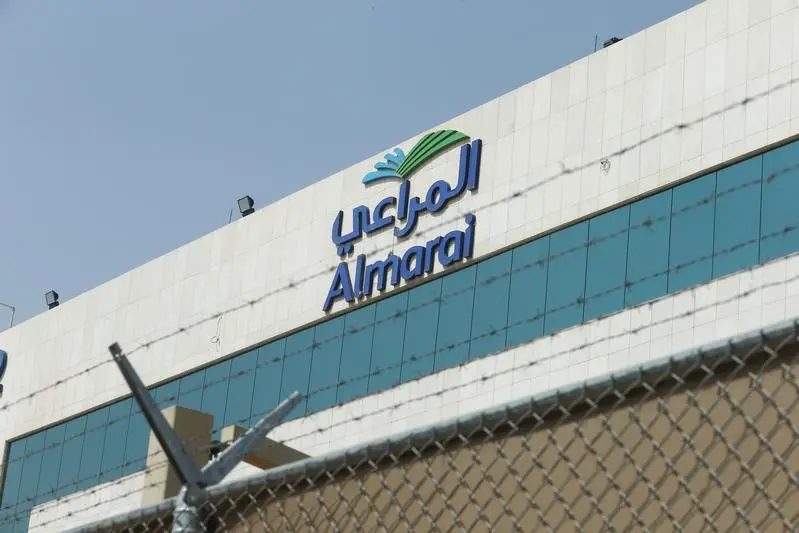SALALAH -- The Fisheries Research Centre's project to enhance abalone population in Salalah waters is progressing well, as the number of seeds at the Mirbat Aquaculture Station has gone up to 60,000 with a success rate of 70 per cent. The hatchery investigators are happy over the result and hoping for a better future for this rare species, which are available for commercial purposes only in Dhofar in whole of the GCC. Dhofar Governorate's Mirbat, Sadah, Hadbin and Sharbatat are home to abalone, the large marine snails. They live generally on the rocky bottom, but all the species of abalone do not have same kind of habitat. Some live on low reef areas at depths ranging from 5 to 40 metres, while others have their habitat in rough water at the base of steeply sloping granite cliffs. All the places, where abalone fish are available, are very close to Salalah.
The project started some years ago due to sharp decline of abalone population. The reasons cited by the experts for this phenomenon are unscientific and uncontrolled harvesting. Keeping in mind the weak 2012 season, the authorities had suspended abalone fishing in 2013 and are hopeful of better results in coming years. "The good success rate at Mirbat Aquaculture Station is a ray of hope for all of us," said Ali Rajab al Mashikhi, Principal Hatchery Investigator for Stock Enhancement Project at Mirbat. According to al Mashikhi, "the result of the experiment is quite successful with the production of a large number of juvenile abalone at the station. The red tide of 2007 killed substantial amount of abalone in Sharbatat. This forced the total ban on abalone fishing for three years. There are other factors like excessive and unscientific fishing, leaving a little space for reproduction."
Commenting on the tools being applied to increase the abalone population in Dhofar water, Al Mashikhi said: "Our experiment is going on a right track. We are into the third year of the research. First year, we experimented in producing walled juvenile, this year we are into hatchery juvenile production. The results are promising and we are hopeful of enhancing abalone population in coming months/years. Marine Biologist Dr Schalk De Waal, who is working in the project as an international expert, is also happy with the results. "This, however, is a long term story which needs application of other management tools to get desired results," he said. Dr Schalk is a specialist in the ecology of juvenile abalone, stock enhancement and sea-ranching. He did his studies in the seeding of juvenile abalone along the South African coast and assisting the Abalone Stock Enhancement Project since September 2011.
"There are significant indications that average length (SL) within the total stock has decreased excessively since 2003," he said. Commenting on importance of size and age implications on reproductive portion and spawning biomass, of the stock, Dr Schalk said: "By the time abalone reach the average size 'class 8 to 9cm' only 50 per cent of the population achieve stage 3 or the ability to be part of the reproductive portion (spawning biomass) of the population." Average densities of the stocks in different areas and in general, according to Dr Schalk are lower than those from 2011, and do not indicate high spawning potential of the stocks. Dr Schalk is working on a paper on Dhofar abalone, which suggests that "the annual wild abalone fishery along the Dhofar coast has formed part of Omani fishing culture for decades.
Fishermen from communities between Ras Mirbat in the west, through Sadah, Hadbin, Hasik and Ras Sharbithat in the east, utilise the resource as part of a multi-species fishery, harvesting other species outside the abalone season. "The Omani abalone species has, as has most of the commercial abalone species internationally, shown signs of serious decline in abundance... In this process hatchery-produced and farm reared juvenile abalone are released into the ocean, with the aim of either harvesting them at a later date or leaving them to become part of the existing natural brood stock and enhance the process of natural recruitment," the paper says.
The biggest challenge in doing the project is the monsoon effects that do not allow the experts to dive and monitor experiments during the monsoon season. In this time algal growth increases and as a result growth rates increase. Dr Schaal points out that in Dhofar's abalone is limited to a small geographic scale, which means that both positive and negative environmental effects affect the result. "Our research is very positive and while still in an early stage the experiments conducted with hatchery juveniles have shown results very similar to the previous results using the wild juveniles," he says.
© Oman Daily Observer 2014
